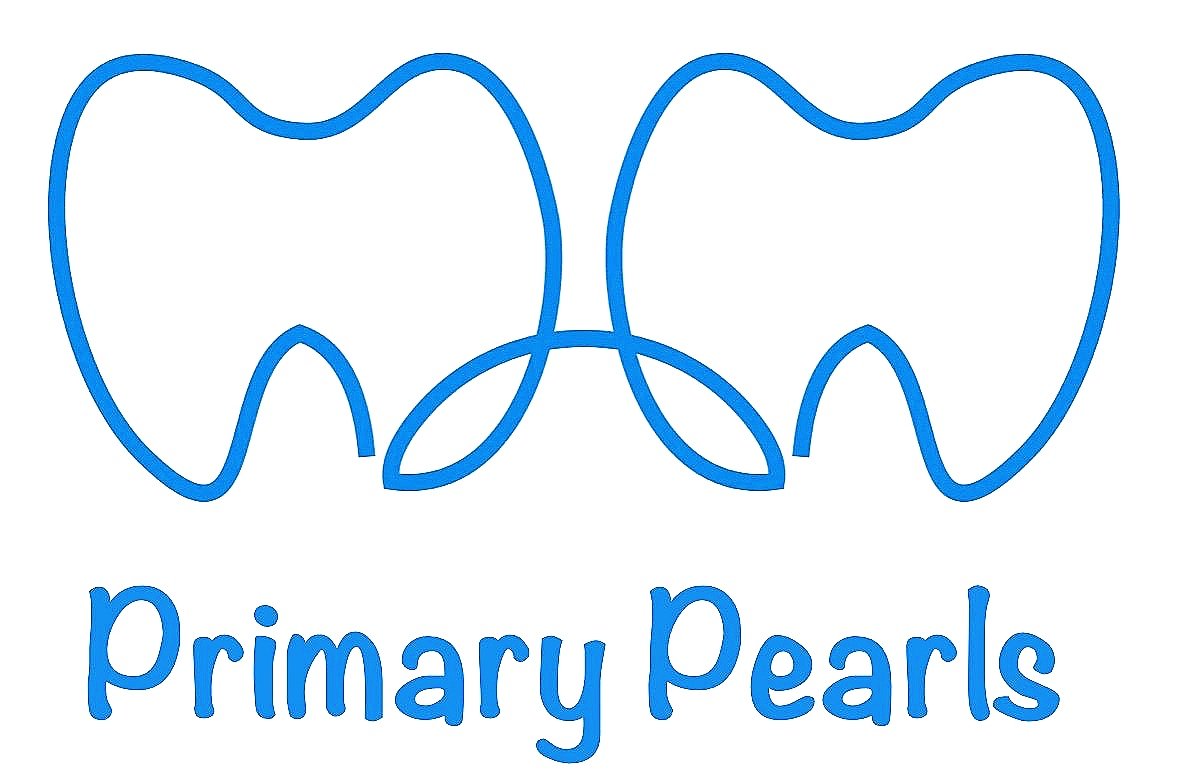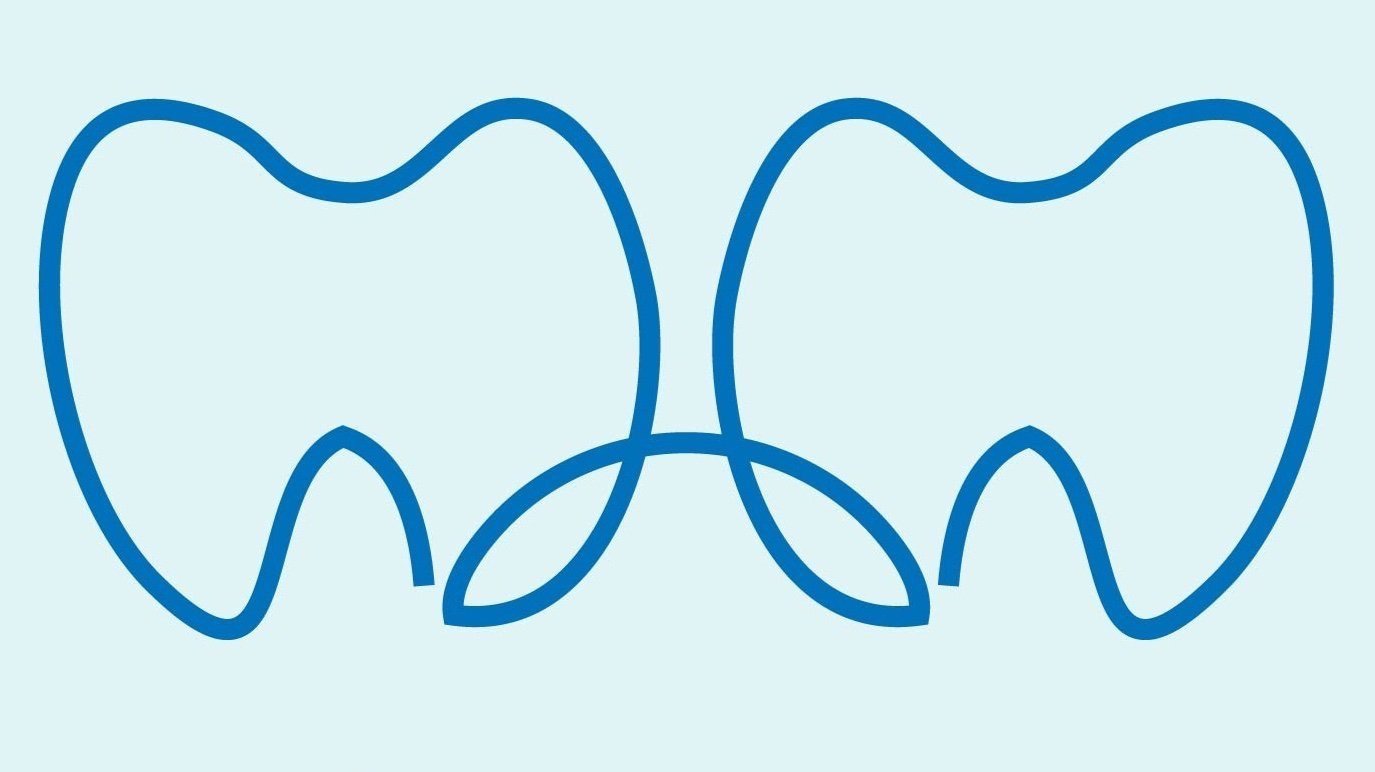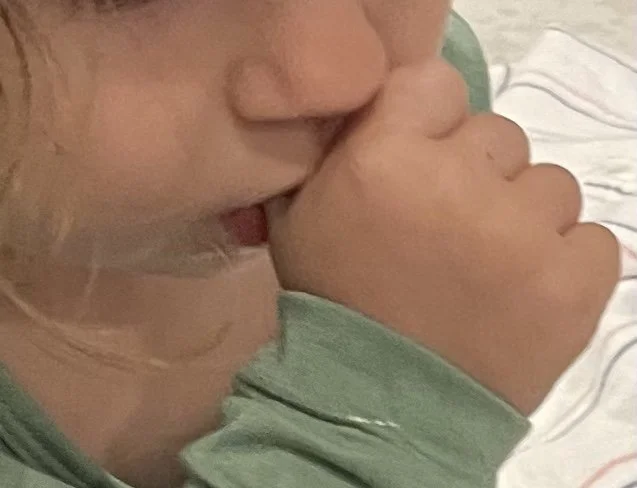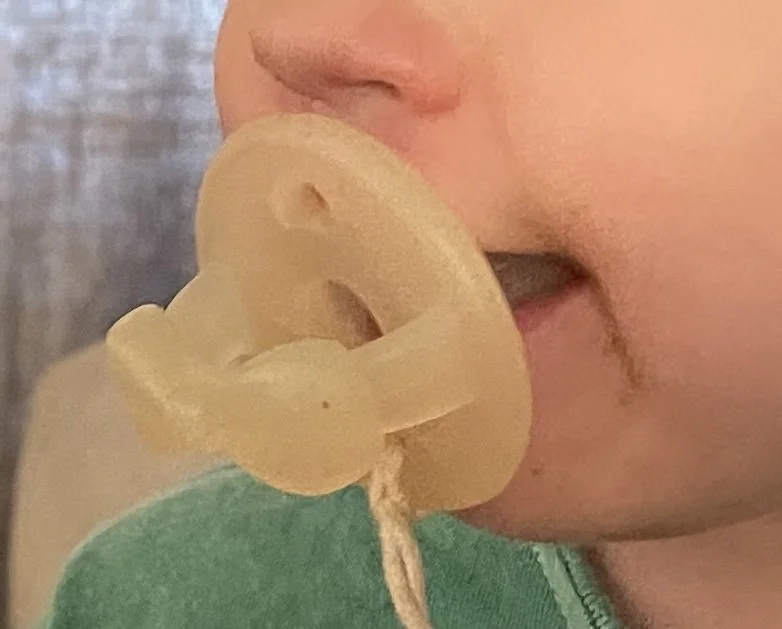Habits - Thumbsucking and Pacifiers
Most infants either suck their thumb or use a pacifier to self-soothe. The usual questions I get from parents with regards to thumb or pacifier habits:
When do I need to stop my child’s thumb or pacifier habit?
What can I do to stop the habit?
What if my child still doesn’t want to stop?
My daughter at 20 months - a very persistent and consistent thumb-sucker.
When the habit should stop:
Ideally, if the habit stops before the age of 3, we don’t see any long-term affects on the growth and development of the jaws and teeth. If it persists beyond that, we may see some constriction in jaw development, flaring of the front teeth, and an open bite (the front teeth do not touch). If you already see this in your child, and they’re under the age of three, it should self-correct once the habit stops.
That said, the effect of the habit really depends on the duration and magnitude of force your child is putting on the thumb or pacifier with their mouth. Some child just place their thumb or fingers in their mouth (without actively sucking on them), or are just chewing on the pacifier. Habits like this are less likely to affect the develop jaw and teeth, and are less pressing to stop.
What you can do to stop the Habit:
Start with gentle encouragement. Congratulate your child when they’re not sucking their thumb. Don’t yell or chastise them when they are sucking their thumb - this will only increase the frequency (remember they are doing it for comfort).
Once you’ve seen an improvement, and you think your child is ready to stop, you can add something to remind them not to suck their thumb. We’ve had good success with Nail Polishes (like Mavala Stop).
Ideally, we want to get to the point where your child is no longer sucking their thumb during the day. If they consciously are not sucking their thumb, it’s safe to say that they’re ready to quit for good.
If they’re still sucking their thumb at night, you can try a reward system with a bandaid or sock on the hand. If they go 4-6 weeks without removing the sock or bandaid from their finger at night (meaning they don’t suck their thumb), you can give them a big reward!
If that fails, you can consult your Pediatric Dentist for a possible cemented habit appliance. They look pretty medieval, but they work IF you child is ready to quit. Do not force appliance therapy on your child.
For pacifiers, we recommend having a discussion with your toddler about the importance of giving up the pacifier. Pick an end date 2-4 weeks in advance, and remind your child of the end date daily. Starting cutting back on pacifier usage up to the end the date. Then, either cut off the ends (so they cannot chew or suck on them) or make them or “donate” them to other babies on the end date. Parents: Do this leading up to a weekend (preferably a long-weekend). Be prepared for some long, tough nights.
What if they still want to suck their thumb
Unfortunately, the last resort is to see if they grow out of it. Most children stop once they are school-age, as most of their classmates are not sucking their thumbs. If you think your child’s habit is an stress-response, it’s a good idea to discuss with their pediatrician about possible psychological triggers and any recommended therapy.
Any effects on the growth and development of the jaws and teeth can usually be corrected with orthodontics (braces), but it will be a very long treatment time and require strict compliance to correct.
Sometimes braces can be combined with a habit appliance to attempt to correct the teeth and stop the habit at the same time. If this is used, just be sure the habit is completely stopped before the braces are removed. You don’t want a persisting habit to undo years of orthodontic treatment!



